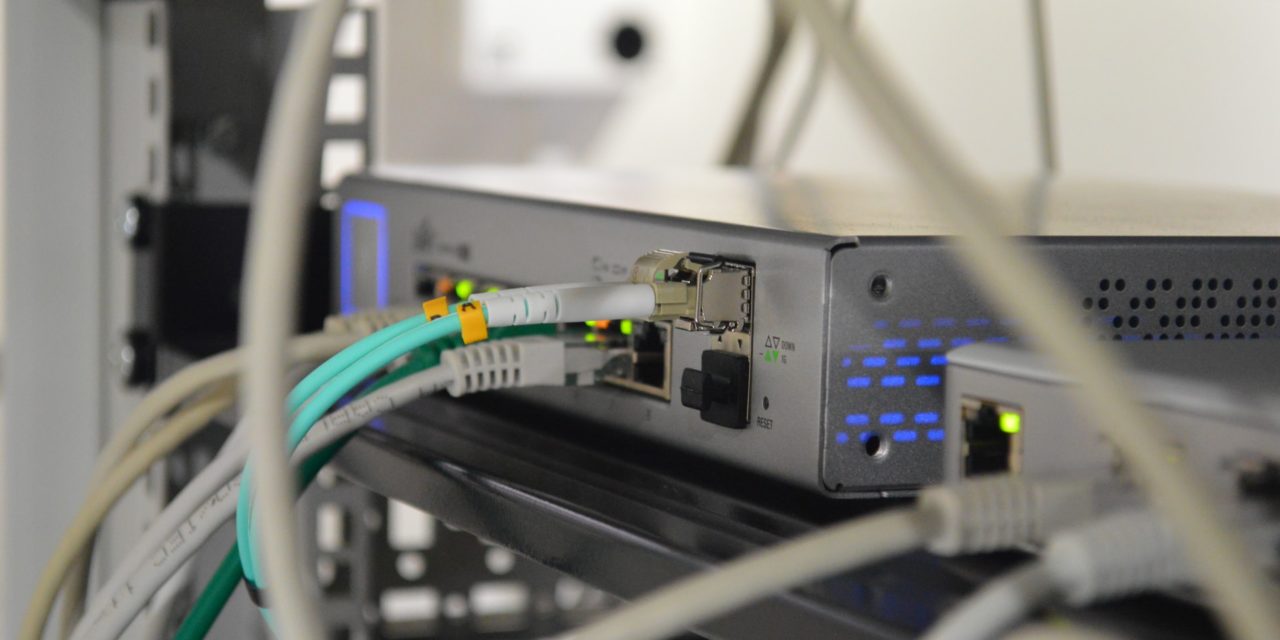[ad_1]
MIMO (Multiple Input Multiple Output) wireless system uses multiple antennas at the transmitter and receiver to transmit and receive multiple data streams to achieve higher data rate and improves performance of radio systems with increase spectral efficiency. MIMO techniques are used extensively in IEEE 802.11n WLAN and 4G cellular networks such as WiMAX and LTE (Long Term Evolution) systems. A MIMO system uses spatially separated antennas to obtain spatial diversity in a multipath propagation environment. MIMO system can provide either diversity gain to combat signal fading or to provide capacity gain to achieve higher data rate. There are three different types of MIMO techniques. The first type is to maximize spatial diversity by improving transmit power efficiency. The second type is spatial multiplexing where multiple independent data signals are transmitted over antennas to increase data rate. The third type uses channel knowledge at the transmitter to obtain capacity gain, also known as beamforming.
Spatial Diversity can be implemented using SIMO (Single Input Multiple Output) or MISO (Multiple Input Single Output) systems. SIMO uses single transmit antenna and multiple receive antennas to provide receive diversity while MISO uses multiple transmit antennas and single receive antenna to provide transmit diversity. Signal power in a wireless channel fluctuates continuously. The signal is in fade when the signal power drops significantly and diversity is used to combat fading. In SIMO, the receive antennas see the different faded versions of the same transmitted signal and the receiver combines these signals to produce a resultant signal that has less amplitude variation and more easy to decode. A simple transmitter diversity scheme is implemented using space time block code (STBC), also referenced as Alamouti code. Two streams of signal symbols (both carries the same data but encoded differently using STBC) are transmitted simultaneously from two separate antennas to provide diversity in space/time domain.
Similar to STBC, Space Frequency Block Code (SFBC) can also be used except the encoding is carried out in antenna/frequency domain and frequency domain transmission scheme such as OFDM (Orthogonal Frequency Division Multiplexing) is used. The purpose of both STBC and SFBC schemes is not to increase systems capacity, but to improve SNR (Signal to Noise Ratio) and to reduce the BER (Bit Error Rate) of the system by transmitting coded information. As the channel SNR increases, it is possible to use a higher order modulation scheme and to receive the transmitted data at a greater distance (range). Since each symbol carries more bits of data in higher modulation scheme, this indirectly results in increase in system capacity.
Spatial Multiplexing in MIMO system provides a linear increase in transmission rate proportional to the number of transmit-receive antenna pairs without increasing the transmission bandwidth or power. A 2 x 2 MIMO system uses two transmit and two receive antennas. The bit stream to be transmitted is de-multiplexed in two half rate sub-streams, modulated and transmitted simultaneously from each transmit antenna. Since two different symbols are transmitted from the two antennas in one symbol period, the transmit rate is double as compared with SISO system. Under favorable channel conditions, the receiver can differentiate between the two co-channel signals, extracts both signals and combines it to yield the original bit stream. Spatial Multiplexing is particularly useful in urban deployments where long reach is less important than high data rate at the end user device.
Beamforming is a MIMO technique that uses multiple transmit antennas and shapes the overall antenna beam in the direction of the target receiver. Beamforming is used when the channel knowledge that can be used to improve the system performance is available at the transmitter. Channel knowledge refers to the instantaneous channel conditions or statistical property such as transmit and receive antenna correlation property. In general, transmitter beamforming can increase the signal strength at the receiver up to a factor T (number of transmit antennas). A pre-coding vector is derived from the channel knowledge and the transmitted signal is multiplied by the pre-coding, which can be interpreted as the beamformer.
Beamforming enhances SNR for higher throughput and link robustness while simultaneously reduces interference. When receiving a signal, beamforming can increase the gain in the direction of wanted signals and decrease the gain in the direction of interference and noise. Beamforming can provide significant range and capacity increase in a wireless network.

